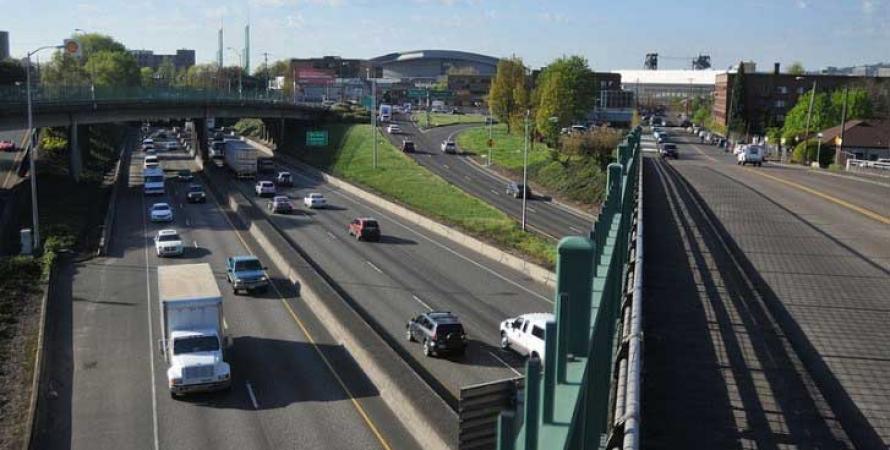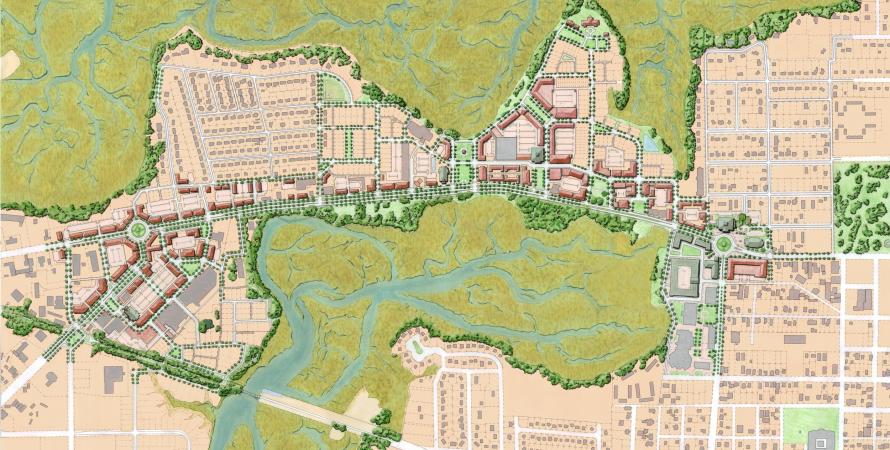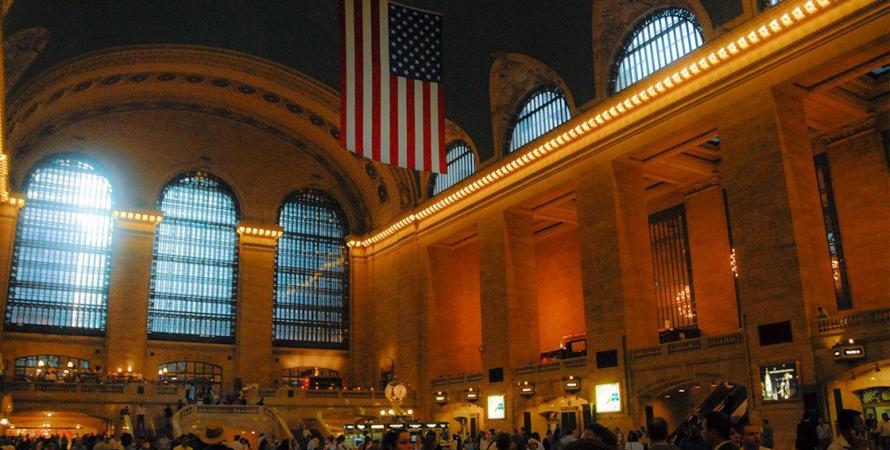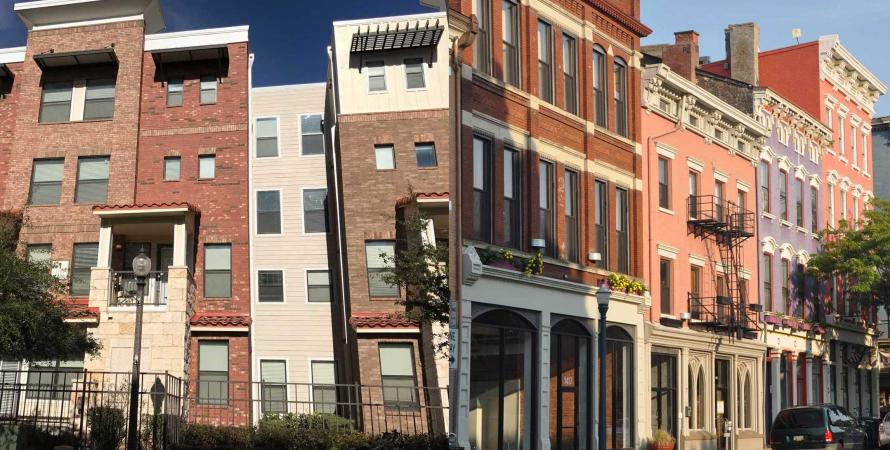-

Highway expansion will induce demand, opponents say
A $500 million widening project for Interstate 5 in Portland, Oregon, would lead to 10 to 17 million additional vehicle miles per year, according to a report in City Observatory . The website posted a series of articles opposed to the I-5 expansion in Portland’s Rose Quarter—an area of the city...Read more -

Call for the best form-based codes
The submission deadline is April 5 for this year’s Driehaus Award, to be announced at CNU 27 in Louisville.A jury of top urban designers and planners will select this year’s Driehaus Award: highlighting a great form-based code (or codes) that has been adopted in any year in any community in the world. The award showcases what's possible with good zoning and spotlights cities and towns that are pushing...Read more -

A new proposal for historic preservation
Why the key question, always, is this: "Is this this an upward trade?"The core problem that led to the modern preservation movement had been building since early in the Great Decline (1925-1945) and boiled over midway through the Dark Ages of Architecture (1945-1980) with the destruction of Penn Station. That problem was the fact that a new building replacing an...Read more -

From McMansion to McMain Street
Like the McMansion, the McMain Street attempts to mimic the complex roof massing of many buildings in a single building. Here are ideas on better ways to preserve or create Main Street character.Drive through any middle-class suburban neighborhood built in the last 25 years and you will encounter the “McMansion,” the aspirational mega-house with its overly complex roof form, dumbed-down architectural details and grandiose double-height foyer. The term McMansion is embedded in the American...Read more